Wildlife Groundswell is a community action group based on The Lizard; we are a group of wildlife enthusiasts, small landowners and farmers who are working together for the benefit of nature. Find out more on our website. We want to achieve the following aims:
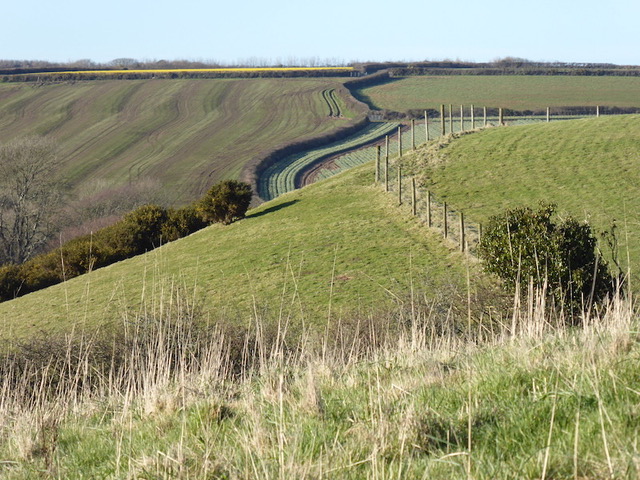
1. Grow and connect nature friendly spaces
Through joined-up action across the community we hope to improve land use for nature, link up good habitats and increase both biodiversity and nature abundance. Nature likes space if it is to survive and grow, as well as unpolluted air and water. Small as well as large areas of land are important, but even more so when linked together.
2. Increase carbon capture
Plants of all sorts take up carbon, so encouraging the spread of shrub, woodland, wetland, heath and a variety of grasses helps nature to help us in our attempts to lower carbon dioxide in the atmosphere. Healthy soil can function as a vital living system and as such acts as an important storage tank of carbon. Therefore, how we manage soil is important, too.
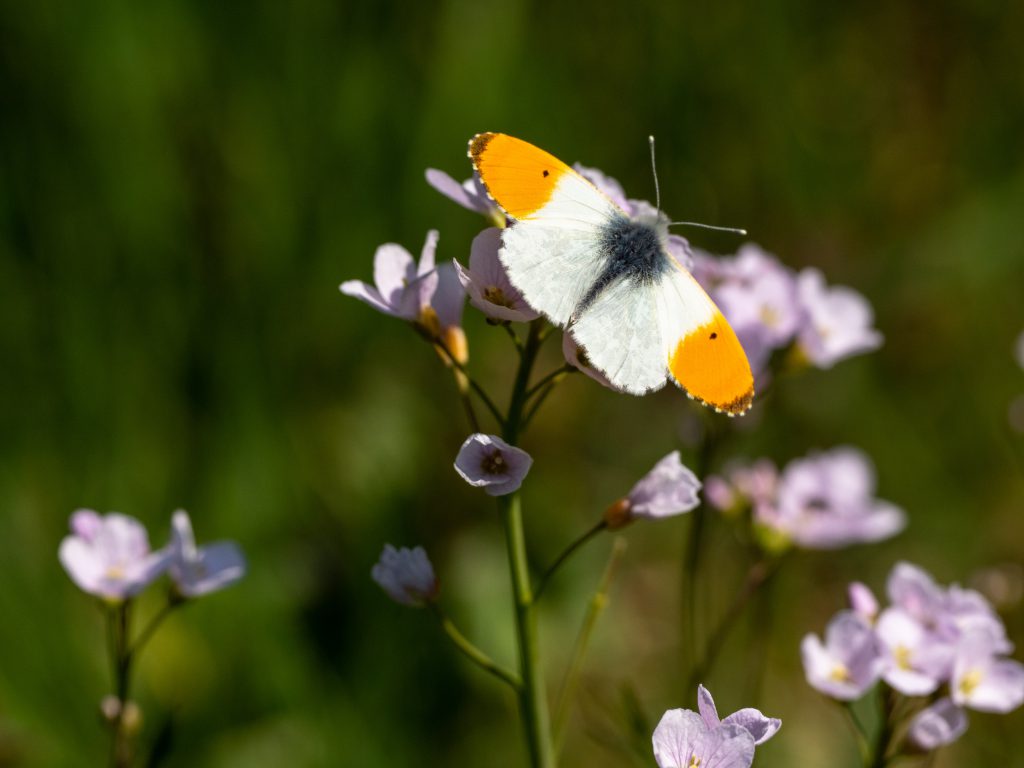
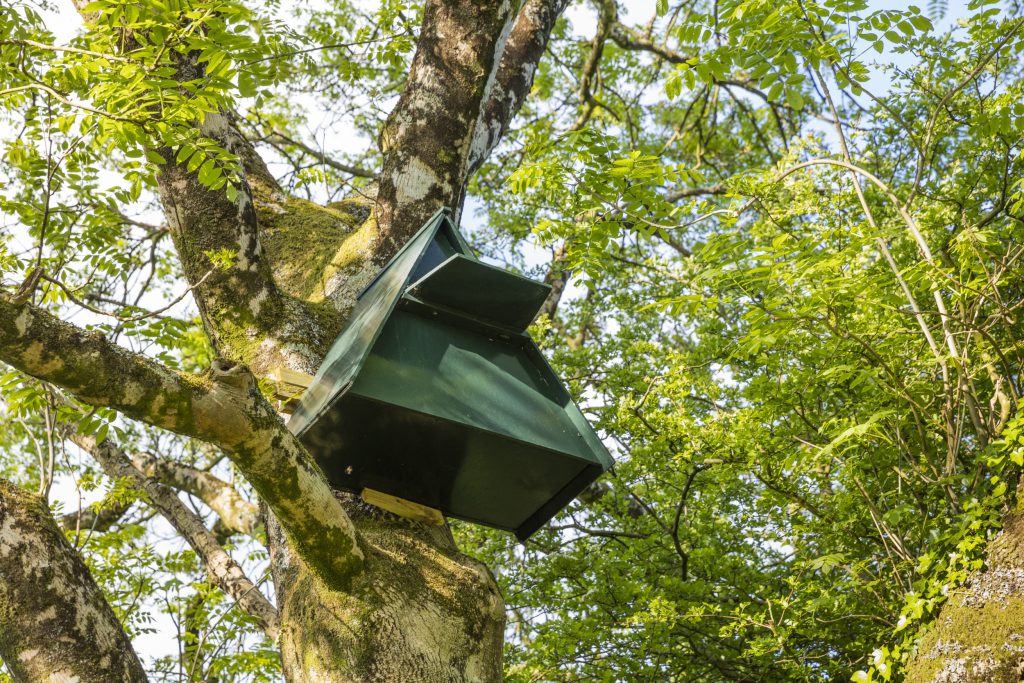
3. Link Nature and Community
People living in or visiting a place they love can care for that land and heal it. We suggest ways people can get involved, and we listen to people’s ideas and spread good practice. There is lots we can do as a community to help Nature increase and thrive. Everyone can join in our efforts to reverse the decline of Nature, and build a stronger, healthy, ecosystem in which we and our children can live.
Join our network: If you’d like to join the Wildlife Groundswell Network please contact: wildlifegroundswell@gmail.com
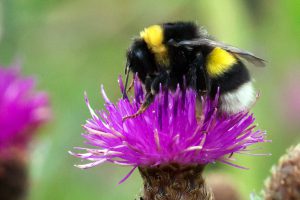
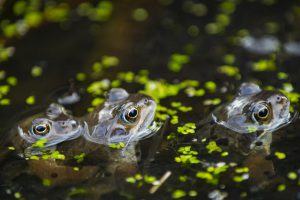
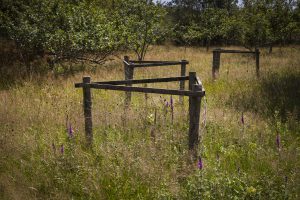
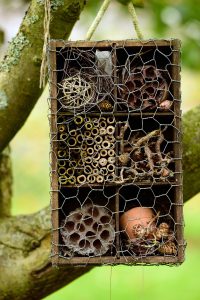
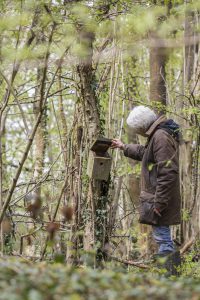
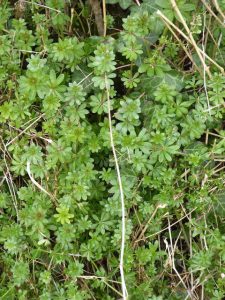
Make our gardens places where Nature is welcome – Here are some things we can do:-
- Avoid using pesticides and artificial fertilisers.
- Leave a corner/area wild for nature – try to do nothing to it.
- Build a log pile or spindly prunings pile for wildlife and bugs to inhabit.
- Plant a fruit tree (even a pot tree is ok) – free food for you and for wildlife.
- Allow some Nettles, Ivy or Holly to grow – great for butterflies and moths.
- Make a small pond. Even an upturned bin lid sunk into the ground is good enough – drinking water for birds/insects and home for many bugs.
- Try to garden manually where possible rather than use machinery – it’s much more precise and causes zero carbon emissions.
- Research and use insect-/bug-friendly plants, where possible.
- Make your own compost or at least buy peat-free and locally made, where possible.
- Make a hole/passage in fencing as a hedgehog/wildlife corridor.
- Put a seat somewhere in your garden to enjoy the results of your labour and get further inspired.
- Talk about what you are doing with your friends/neighbours and family – spread the message!
